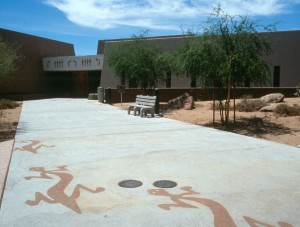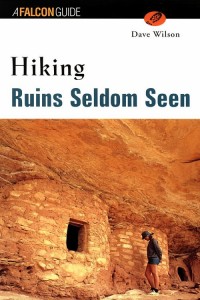These petroglyphs were found after walking up a large wash next to the Heard Scout Pueblo. It was a difficult hike, as opposed to taking the trail, but the reward was worth it. A large amount of petroglyphs could be seen on the walls of the wash. Clearly this was once a spot where, at one time, both people and animals congregated regularly to take advantage of a water source.
Stay tuned for more posts featuring the petroglyphs in South Mountain Park.
Both photos and longitude/latitude coordinates are provided, with a Google Map at the bottom.
Coordinates: N 33 21.564′ W 112 02.586′
Coordinates: N 33 21.449′ W 112 02.569′
Coordinates: N 33 21.393 W 112 02.514
View Hiking Route – 2/3/13 in a larger map








































